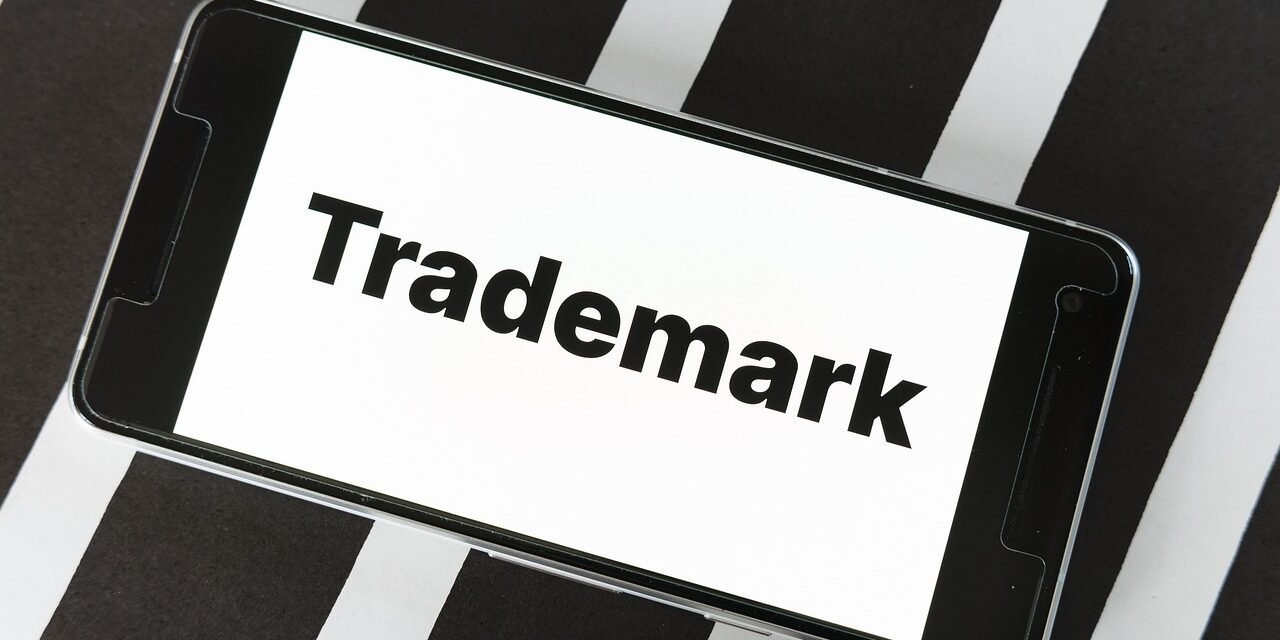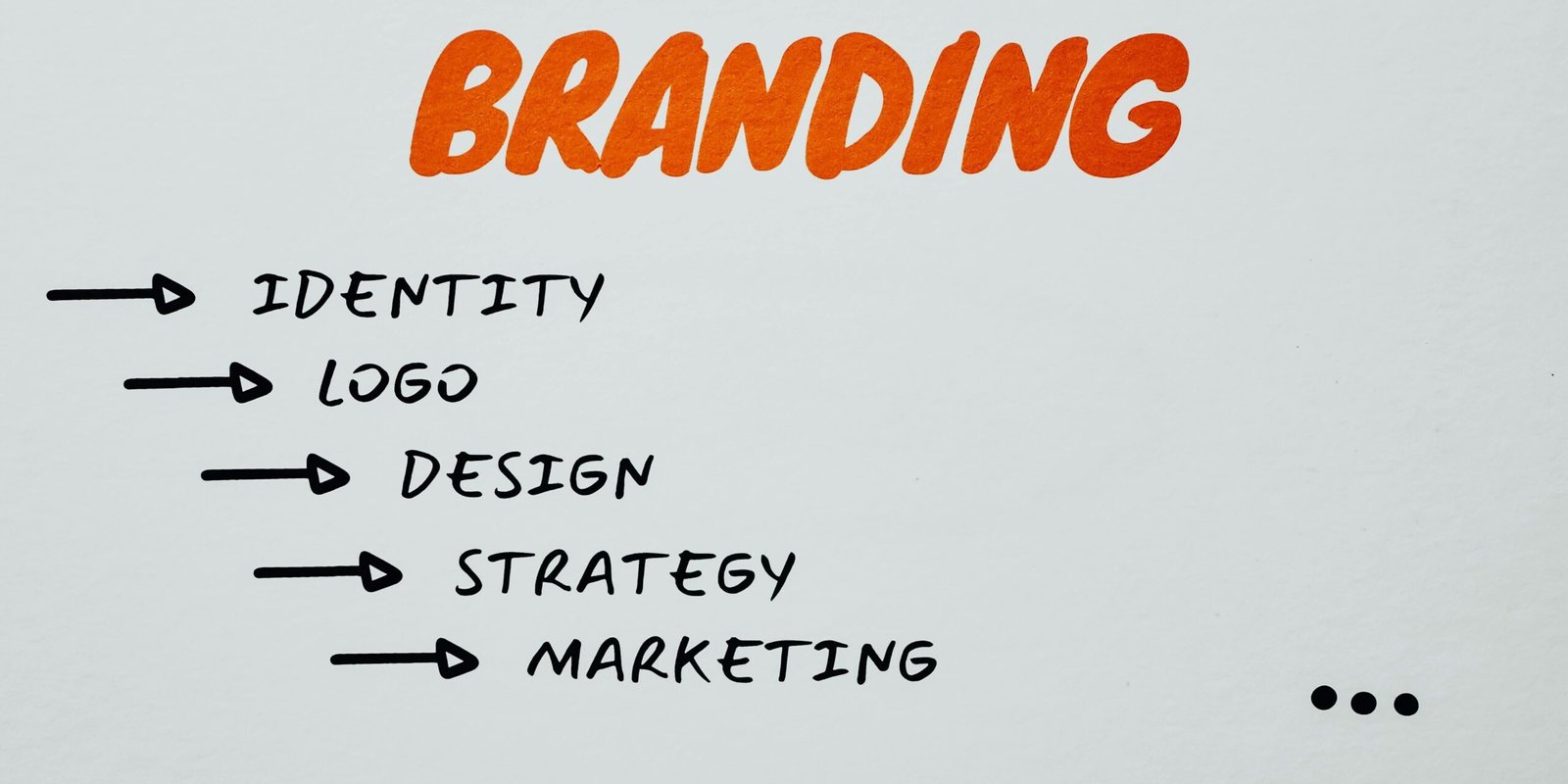Trademark Infringement Examples
Trademark Infringement Examples
Trademark infringement is a significant concern for businesses and brand owners, as it involves the unauthorized use of a trademark in a way that is likely to cause confusion about the source of the goods or services. Understanding what constitutes trademark infringement and being aware of common examples can help you protect your brand and navigate the legal landscape.
Understanding Trademark Infringement
Definition of Trademark Infringement
Trademark infringement occurs when someone uses a trademark that is identical or confusingly similar to a registered trademark, without the permission of the trademark owner. This unauthorized use must be in a manner that is likely to cause confusion, deception, or mistake about the source of the goods or services.
Legal Framework
Trademark laws vary by country, but most jurisdictions provide robust protection for registered trademarks. In the United States, trademark protection is governed by the Lanham Act, while in Kenya, the Trade Marks Act provides the legal framework. Internationally, treaties such as the Paris Convention and the TRIPS Agreement set minimum standards for trademark protection.
Common Examples of Trademark Infringement
Counterfeit Goods
Example: A manufacturer produces fake luxury handbags bearing the logo of a well-known designer brand without authorization. These counterfeit goods are sold in markets and online, misleading consumers into believing they are purchasing genuine products.
Impact: Counterfeit goods not only harm the sales and reputation of the original brand but can also pose safety risks to consumers, particularly in cases involving pharmaceuticals, electronics, and automotive parts.
Similar Brand Names
Example: A new coffee shop named “Starcups” opens in close proximity to a Starbucks location. The name and logo are designed in a way that closely resembles Starbucks’ branding, causing confusion among customers.
Impact: This type of infringement can divert business from the original brand and dilute its market presence. Customers may mistakenly associate the new business with the established brand, leading to potential reputational damage.
Imitative Product Packaging
Example: A snack company designs its product packaging to look almost identical to that of a leading brand in the market. The colors, fonts, and layout are so similar that consumers may easily confuse the two products.
Impact: Imitative packaging can mislead consumers into purchasing a product believing it is associated with or endorsed by the leading brand. This practice undermines the original brand’s distinctiveness and market position.
Domain Name Squatting
Example: An individual registers a domain name like “NikeShoesSale.com” without the permission of Nike, Inc. The website is used to sell counterfeit Nike products or direct traffic to a competitor’s site.
Impact: Domain name squatting (or cybersquatting) exploits the established brand’s name and reputation to attract web traffic, potentially leading to loss of sales and damage to the brand’s online presence.
Unauthorized Use in Advertising
Example: A local car dealership uses the logo of a well-known automobile manufacturer in its advertising materials without authorization. The advertisements give the impression that the dealership is an authorized dealer when it is not.
Impact: Unauthorized use in advertising can mislead consumers about the relationship between the businesses and undermine the trust and integrity of the trademark owner’s brand.
Social Media Handles
Example: An individual creates a social media account with the handle “@AppleSupportOfficial” and uses the Apple logo, leading followers to believe it is an official Apple support account.
Impact: Misleading social media handles can cause confusion and potentially harm the brand’s reputation, especially if the account provides incorrect information or engages in fraudulent activities.
Addressing Trademark Infringement
Monitoring and Detection
Trademark owners must proactively monitor the market for potential infringements. This can involve:
- Trademark Watch Services: Hiring professional services to monitor new trademark filings and market activity.
- Online Monitoring Tools: Using tools to track the use of your trademark across the internet, including social media and e-commerce platforms.
Legal Actions
When infringement is detected, trademark owners can take various legal actions:
- Cease-and-Desist Letters: Sending a formal letter demanding that the infringer stop using the trademark and remove any infringing materials.
- Negotiations: Attempting to resolve the issue through direct negotiations with the infringer.
- Trademark Opposition: Opposing the registration of a confusingly similar trademark during the application process.
- Lawsuits: Filing a lawsuit for trademark infringement, seeking injunctions, damages, and legal costs.
Preventive Measures
Trademark owners can take several steps to prevent infringement:
- Register Your Trademark: Ensure your trademark is registered in all relevant jurisdictions.
- Use Distinctive Marks: Choose trademarks that are distinctive and less likely to be copied.
- Educate Your Team: Train employees and partners on the importance of trademark protection and how to identify potential infringements.
Consequences of Trademark Infringement
For Infringers
Trademark infringement can lead to severe consequences for the infringer, including:
- Legal Penalties: Infringers may face court-ordered injunctions, monetary damages, and payment of the trademark owner’s legal fees.
- Reputational Damage: Being found guilty of infringement can harm the infringer’s reputation and lead to loss of customer trust.
- Business Disruption: Infringers may be required to rebrand, recall products, or shut down operations, leading to significant business disruption and financial loss.
For Trademark Owners
While trademark owners can take action against infringers, they may also face challenges:
- Legal Costs: Pursuing legal action can be expensive and time-consuming.
- Market Confusion: Ongoing infringement can lead to market confusion and dilution of the trademark’s distinctiveness.
- Brand Damage: Infringement can harm the brand’s reputation and undermine customer trust.
Case Studies
Adidas vs. Forever 21
Situation: Adidas, known for its iconic three-stripe design, sued Forever 21 for using a similar stripe pattern on its clothing, claiming it caused consumer confusion and diluted Adidas’ brand.
Outcome: The case was settled out of court, with Forever 21 agreeing to cease using the stripe design. This case highlights the importance of protecting distinctive design elements and the potential for settlement in trademark disputes.
Apple vs. Prepear
Situation: Apple filed an opposition against the trademark application of Prepear, a meal-planning app with a logo featuring a pear. Apple argued that the pear logo was too similar to its apple logo, causing potential confusion.
Outcome: The case attracted significant media attention and public debate over trademark protection boundaries. Eventually, Prepear agreed to modify its logo, demonstrating the balance between protecting trademarks and respecting smaller businesses.
Tiffany & Co. vs. Costco
Situation: Tiffany & Co. sued Costco for selling engagement rings labeled as “Tiffany” rings, despite not being manufactured or authorized by Tiffany & Co. Costco argued that “Tiffany” was a generic term for a style of ring setting.
Outcome: The court ruled in favor of Tiffany & Co., awarding damages and underscoring the importance of protecting brand names against unauthorized use, even when the term may be perceived as descriptive by some.
The Role of Professional Services
Investigative Services
In complex cases of trademark infringement, professional investigative services can be invaluable. These services can help:
- Identify Infringers: Track down individuals or entities responsible for infringement.
- Gather Evidence: Collect and document evidence of infringement for legal proceedings.
- Enforce Rights: Assist in taking legal action against infringers.
Legal Counsel
Engaging legal counsel with expertise in intellectual property law is crucial for navigating trademark infringement cases. Lawyers can provide:
- Legal Advice: Guidance on the best course of action based on the specifics of the case.
- Representation: Legal representation in negotiations, court proceedings, and other legal actions.
- Trademark Registration: Assistance with registering trademarks and maintaining trademark portfolios.
Conclusion
Trademark infringement is a serious issue that can have significant legal, financial, and reputational consequences for both the infringer and the trademark owner. By understanding common examples of trademark infringement and taking proactive steps to protect your trademarks, you can safeguard your brand’s integrity and market position. If you encounter trademark infringement, consider seeking professional assistance from investigative services or legal counsel to address the issue effectively.
- 133 views





